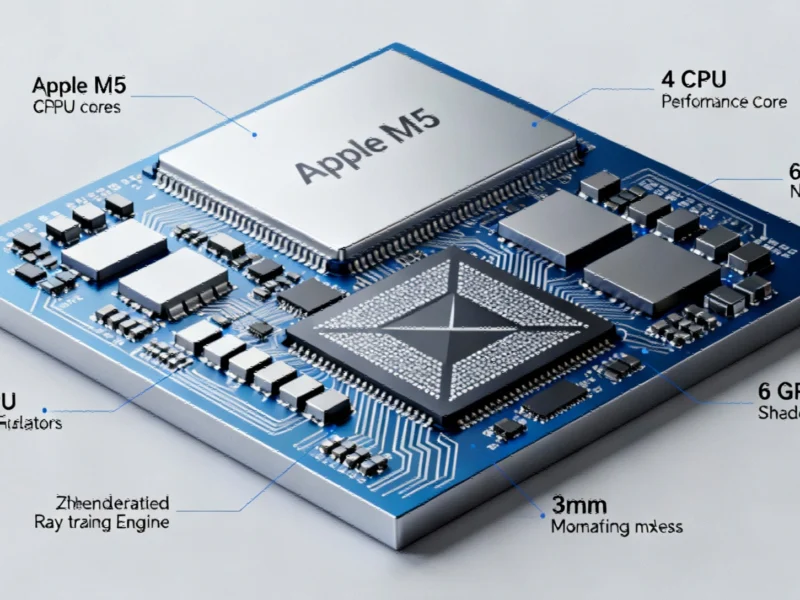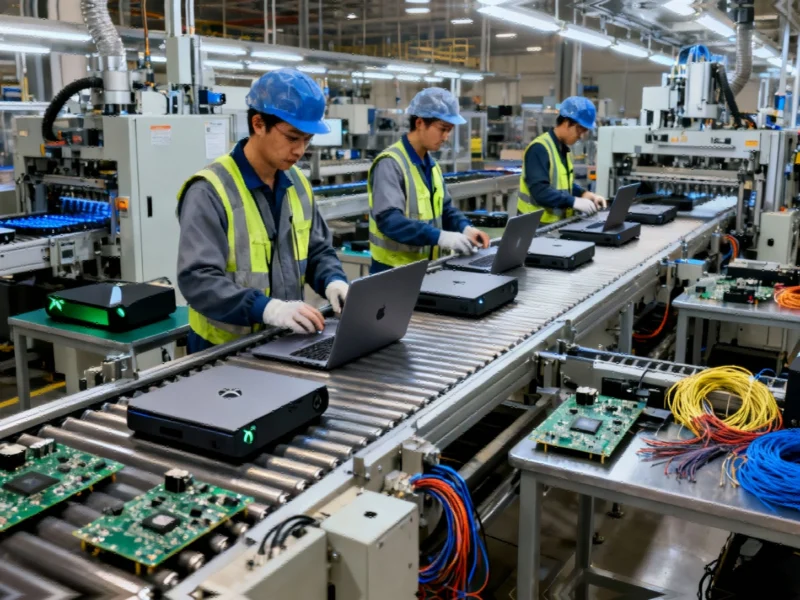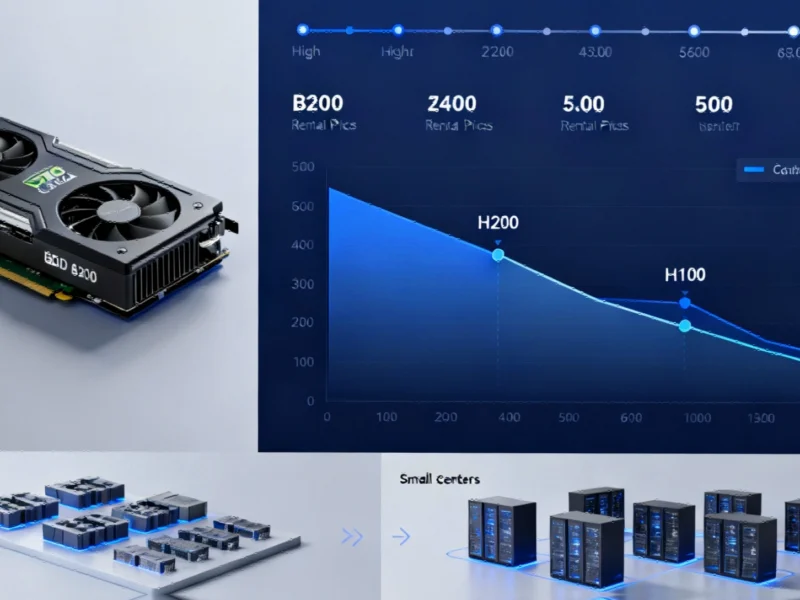Apple’s Next-Generation Silicon Breakthrough
Apple has officially unveiled its groundbreaking M5 chip, marking a significant milestone in the company’s silicon evolution. Built on an advanced 3-nanometer manufacturing process, this Arm-based processor delivers unprecedented performance gains across artificial intelligence, CPU operations, and graphics processing. The M5 silicon represents Apple’s most ambitious hardware achievement to date, positioning the company at the forefront of the competitive semiconductor landscape.
The timing of Apple’s announcement coincides with broader industry shifts, including OpenAI’s controversial policy changes regarding content moderation and critical vulnerabilities affecting European industrial sectors. Against this backdrop, Apple’s technological advancement demonstrates how hardware innovation continues to drive computational capabilities forward.
Revolutionary CPU Architecture and Performance
At the heart of the M5 lies a sophisticated 10-core CPU configuration comprising four high-performance cores and six efficiency cores. Apple claims these performance cores represent “the world’s fastest performance core,” delivering 15% faster multi-threaded performance compared to the preceding M4 chip. This substantial improvement comes despite Apple dedicating less promotional emphasis to the CPU aspects, instead focusing attention on the GPU and neural processing capabilities.
The CPU performance gains reflect Apple’s continued optimization of its silicon design, achieving remarkable efficiency while pushing performance boundaries. This development occurs as global technology sectors grapple with power efficiency challenges and computational demands continue to escalate across industries.
Transformative GPU and AI Integration
Apple’s M5 introduces a revolutionary GPU architecture that represents the most significant leap in graphics performance since the company transitioned to its own silicon. The chip features 10 GPU cores, each equipped with dedicated neural accelerators—a first in consumer computing hardware. This integration enables a staggering 4x improvement in GPU compute performance over the M4 and over 6x peak GPU compute for AI workloads compared to the M1.
The enhanced shader cores deliver up to 30% faster performance than the M4, while the third-generation ray tracing engine provides up to 45% graphics improvement in ray-traced applications. “Combined with rearchitected second-generation dynamic caching, the GPU provides smoother gameplay, more realistic visuals in 3D applications, and faster rendering times for complex graphics projects,” Apple stated in its technical documentation.
These GPU advancements arrive during a period of significant market fluctuations in GPU pricing and availability, highlighting Apple’s strategic positioning in the high-performance computing segment.
Neural Engine and Memory Bandwidth Enhancements
While maintaining 16 cores in its neural engine, Apple has significantly boosted processing speeds and efficiency. The combination of neural accelerators distributed across CPU and GPU cores, coupled with a nearly 30% increase in unified memory bandwidth to 153GB/s, creates an optimized environment for AI workloads. This architectural approach enables seamless data flow between processing units, crucial for complex machine learning tasks and real-time AI applications.
Johny Srouji, Apple’s senior vice president of Hardware Technologies, emphasized that “M5 ushers in the next big leap in AI performance for Apple silicon. With the introduction of neural accelerators in the GPU, M5 delivers a huge boost to AI workloads.” This focus on AI optimization comes as enterprises increasingly seek scalable AI solutions for physical operations and computational demands continue to evolve.
Product Integration and Industry Implications
The initial wave of devices receiving the M5 upgrade includes the 14-inch MacBook Pro, iPad Pro, and a redesigned Vision Pro. This strategic deployment across multiple product categories demonstrates Apple’s commitment to creating a unified computing ecosystem powered by its most advanced silicon.
The timing of Apple’s semiconductor advancement is particularly noteworthy given broader technological workforce challenges affecting innovation centers. Apple’s continued investment in proprietary chip development signals the company’s determination to maintain control over its technological roadmap and performance benchmarks.
As the M5 begins its rollout across Apple’s product lineup, the industry will closely monitor how these performance improvements translate to real-world applications, particularly in professional creative workflows, scientific computing, and emerging AI-driven use cases. The chip’s balanced approach to performance, efficiency, and specialized acceleration represents a new paradigm in computing architecture that could influence semiconductor design across the technology sector.
Based on reporting by {‘uri’: ‘hothardware.com’, ‘dataType’: ‘news’, ‘title’: ‘HotHardware’, ‘description’: ‘HotHardware is your trusted source for technology news and expert reviews of computers, PC components, laptops, tablets, smartphones and gadgets for enthusiasts, consumers, gamers and IT pros’, ‘location’: {‘type’: ‘place’, ‘geoNamesId’: ‘4930956’, ‘label’: {‘eng’: ‘Boston’}, ‘population’: 617594, ‘lat’: 42.35843, ‘long’: -71.05977, ‘country’: {‘type’: ‘country’, ‘geoNamesId’: ‘6252001’, ‘label’: {‘eng’: ‘United States’}, ‘population’: 310232863, ‘lat’: 39.76, ‘long’: -98.5, ‘area’: 9629091, ‘continent’: ‘Noth America’}}, ‘locationValidated’: False, ‘ranking’: {‘importanceRank’: 338734, ‘alexaGlobalRank’: 57783, ‘alexaCountryRank’: 28985}}. This article aggregates information from publicly available sources. All trademarks and copyrights belong to their respective owners.



